
1. Due to the continuous improvement of permanent magnet materials, the price of synchronous servo motors of permanent magnet rotors continues to fall, control Because it is simpler and easier to achieve high performance than asynchronous motors, the AC servo system of permanent magnet synchronous motors is more widely used.
2. Permanent magnet synchronous motor is actually a kind of synchronous AC servo motor. The so-called permanent magnet synchronous motor is not a coil or induction material on the rotor, but a permanent magnet. Special servo drivers, such as tricrystalline S3000B, should be used to control this kind of motor.
3. Servo motor: refers to the engine that controls the operation of mechanical components in the servo system, which is an indirect speed change device of the auxiliary motor.Permanent magnet synchronous motor: a synchronous motor that generates a synchronous rotating magnetic field by the excitation of a permanent magnet.
4. The rotor speed of the servo motor is controlled by the input signal and can respond quickly. In the automatic control system, it is used as an executive element, and has the characteristics of small electromechanical time constant, high linearity, starting voltage, etc., which can convert the received electrical signal into angular displacement or angular velocity output on the motor shaft.

1. There are three control methods for AC servo motors, which are amplitude control, phase control and amplitude phase control. Amplitude control: The control voltage and the excitation voltage maintain a phase difference of 90 degrees, and only change the amplitude of the control voltage.
2. There are two ways for servo motor to control positive and reverse: forward pulse and reverse pulse. (The positive direction, the reverse direction) The pulse plus direction, only one pulse transmitter is connected, and another level signal control direction is connected.
3. The general servo control method is: analog quantity (0-10V or -10V-0-10V) and pulse (pulse + direction, 90-degree orthogonal pulse). Of course, there are also CW, CCW and bus. If you are PLC control: analog -10V-0V is inversion; 0-10V is positive rotation; pulse: add a direction signal to the pulsed machine tool.
4. Change the size of the control voltage. (2) Phase control controls the size of the voltage and the excitation voltage, keep the rated value unchanged, and change the phase of the control voltage. (3) The amplitude and phase control change the control voltage amplitude and phase at the same time. The steering of the AC servo motor hinge changes with the reverse phase of the control voltage phase.
5. The control mode of the servo controller should be set to position control, and then pulses should be emitted through the PLC or positioning module to drive the servo motor.The number of pulses determines the number of turns of the motor, and the pulse frequency determines the rotation speed of the motor. To be consistent with the actual distance of movement, you need to set up electronic gears.
6. Control method of servo motor: torque control: torque control method is to set the size of the external output torque of the motor shaft through the input of external analog quantity or the assignment of direct address. Specifically, for example, if 10V corresponds to 5Nm, when the external analog quantity is set to 5V, the motor shaft The output is 5Nm.
Servo systems are divided into open loop, closed loop and semi-closed loop according to the control mode. Its main functions are: to control the high-power load with a low-power instruction signal;In the absence of mechanical connection, the input shaft controls the output shaft in the distance to realize long-distance synchronous transmission; so that the output mechanical displacement can accurately track electrical signals, etc.
According to the control mode, there are open-loop servo system, closed-loop servo system and semi-closed-loop servo system, etc. In fact, the numerical control system is also divided into three types: open-loop, closed-loop and semi-closed-loop, which are related to the three methods of servo system. The closed-loop system mainly consists of five parts: executive components, detection units, comparison links, driving circuits and machine tools.
also known as follow-up system. In many cases, the servo system refers to the feedback control system of the controlled quantity (the output of the system) is the mechanical displacement or displacement speed and acceleration. Its function is to make the mechanical displacement (or angle) of the output accurately track the displacement (or angle) of the input.
According to the control method of the servo system, the numerical control system can be divided into the following categories: open-loop control numerical control system: this kind of numerical control system does not have a detection device or a feedback circuit, and the stepper motor is the driving element, as shown in Figure 3.
Servomechanism, also known as follow-up system, is a feedback control system used to accurately follow or reproduce a process. The servo system is an automatic control system that enables the position, direction, state and other output controlled quantities of the object to follow the arbitrary changes of the input target (or given value).
1. The difference between AC servo motor and DC servo motor is that the power supply used is different.AC servo motors use alternating current, generally 220-volt household electricity. DC servo motors use direct current, generally low voltage below 48 volts. The characteristics of AC servo motor are small size, flexible operation and easy to control.
2. DC servo motor is easy to achieve speed regulation, high control accuracy, but high maintenance cost and troublesome operation; AC servo motor is convenient to maintain.
3. AC servo motor has the characteristics of stable operation, good controllability, fast response, high sensitivity, and strict nonlinearity indicators of mechanical characteristics and adjustment characteristics (requirements less than 10% to 15% and less than 15% to 25% respectively).
4. DC servo motor DC servo motor has fast response speed and high torque density, which is especially suitable for low-speed, medium-load and high-data precision control applications.However, due to the short service life and relatively complicated maintenance, it is less used now.
5. AC servo motor is also a brushless motor, which is divided into synchronous and asynchronous motor. At present, synchronous motors are generally used in motion control. Its power range is large and can achieve a large amount of power. Large inertia, low maximum rotation speed, and rapidly decrease as the power increases. Therefore, it is suitable for applications of low-speed and stable operation.
6. Usually, servo motors are divided into DC servo motors and AC servo motors. The advantages of DC servo motor are accurate speed control, hard torque speed characteristics, simple principle, easy to use, and obvious price advantages; the disadvantages are brush change of direction, speed limit, additional resistance, and the generation of wear particles (for dust-free rooms).
The working principle of the AC servo motor The rotor inside the servo motor is a permanent magnet. The u/v/w three-phase electricity controlled by the driver forms an electromagnetic field, and the rotor rotates under the action of this magnetic field, and at the same time The encoder that comes with the motor feedbacks the signal to the driver, and the driver compares the feedback value with the target value and adjusts the angle of rotation of the rotor.
Working principle: AC servo motor is also a brushless motor, which is divided into synchronous and asynchronous motor. At present, synchronous motors are generally used in motion control. Its power range is large and can achieve a large amount of power. Large inertia, low maximum rotation speed, and rapidly decrease as the power increases. Therefore, it is suitable for applications of low-speed and stable operation.
The control of AC servo motor uses the principle of rotational magnetic momentum, and the rotation speed is controlled through three methods: amplitude control, phase control and amplitude phase control. Let's learn about the characteristics and control principles of AC servo motors.
Trade Data intelligence-APP, download it now, new users will receive a novice gift pack.
1. Due to the continuous improvement of permanent magnet materials, the price of synchronous servo motors of permanent magnet rotors continues to fall, control Because it is simpler and easier to achieve high performance than asynchronous motors, the AC servo system of permanent magnet synchronous motors is more widely used.
2. Permanent magnet synchronous motor is actually a kind of synchronous AC servo motor. The so-called permanent magnet synchronous motor is not a coil or induction material on the rotor, but a permanent magnet. Special servo drivers, such as tricrystalline S3000B, should be used to control this kind of motor.
3. Servo motor: refers to the engine that controls the operation of mechanical components in the servo system, which is an indirect speed change device of the auxiliary motor.Permanent magnet synchronous motor: a synchronous motor that generates a synchronous rotating magnetic field by the excitation of a permanent magnet.
4. The rotor speed of the servo motor is controlled by the input signal and can respond quickly. In the automatic control system, it is used as an executive element, and has the characteristics of small electromechanical time constant, high linearity, starting voltage, etc., which can convert the received electrical signal into angular displacement or angular velocity output on the motor shaft.

1. There are three control methods for AC servo motors, which are amplitude control, phase control and amplitude phase control. Amplitude control: The control voltage and the excitation voltage maintain a phase difference of 90 degrees, and only change the amplitude of the control voltage.
2. There are two ways for servo motor to control positive and reverse: forward pulse and reverse pulse. (The positive direction, the reverse direction) The pulse plus direction, only one pulse transmitter is connected, and another level signal control direction is connected.
3. The general servo control method is: analog quantity (0-10V or -10V-0-10V) and pulse (pulse + direction, 90-degree orthogonal pulse). Of course, there are also CW, CCW and bus. If you are PLC control: analog -10V-0V is inversion; 0-10V is positive rotation; pulse: add a direction signal to the pulsed machine tool.
4. Change the size of the control voltage. (2) Phase control controls the size of the voltage and the excitation voltage, keep the rated value unchanged, and change the phase of the control voltage. (3) The amplitude and phase control change the control voltage amplitude and phase at the same time. The steering of the AC servo motor hinge changes with the reverse phase of the control voltage phase.
5. The control mode of the servo controller should be set to position control, and then pulses should be emitted through the PLC or positioning module to drive the servo motor.The number of pulses determines the number of turns of the motor, and the pulse frequency determines the rotation speed of the motor. To be consistent with the actual distance of movement, you need to set up electronic gears.
6. Control method of servo motor: torque control: torque control method is to set the size of the external output torque of the motor shaft through the input of external analog quantity or the assignment of direct address. Specifically, for example, if 10V corresponds to 5Nm, when the external analog quantity is set to 5V, the motor shaft The output is 5Nm.
Servo systems are divided into open loop, closed loop and semi-closed loop according to the control mode. Its main functions are: to control the high-power load with a low-power instruction signal;In the absence of mechanical connection, the input shaft controls the output shaft in the distance to realize long-distance synchronous transmission; so that the output mechanical displacement can accurately track electrical signals, etc.
According to the control mode, there are open-loop servo system, closed-loop servo system and semi-closed-loop servo system, etc. In fact, the numerical control system is also divided into three types: open-loop, closed-loop and semi-closed-loop, which are related to the three methods of servo system. The closed-loop system mainly consists of five parts: executive components, detection units, comparison links, driving circuits and machine tools.
also known as follow-up system. In many cases, the servo system refers to the feedback control system of the controlled quantity (the output of the system) is the mechanical displacement or displacement speed and acceleration. Its function is to make the mechanical displacement (or angle) of the output accurately track the displacement (or angle) of the input.
According to the control method of the servo system, the numerical control system can be divided into the following categories: open-loop control numerical control system: this kind of numerical control system does not have a detection device or a feedback circuit, and the stepper motor is the driving element, as shown in Figure 3.
Servomechanism, also known as follow-up system, is a feedback control system used to accurately follow or reproduce a process. The servo system is an automatic control system that enables the position, direction, state and other output controlled quantities of the object to follow the arbitrary changes of the input target (or given value).
1. The difference between AC servo motor and DC servo motor is that the power supply used is different.AC servo motors use alternating current, generally 220-volt household electricity. DC servo motors use direct current, generally low voltage below 48 volts. The characteristics of AC servo motor are small size, flexible operation and easy to control.
2. DC servo motor is easy to achieve speed regulation, high control accuracy, but high maintenance cost and troublesome operation; AC servo motor is convenient to maintain.
3. AC servo motor has the characteristics of stable operation, good controllability, fast response, high sensitivity, and strict nonlinearity indicators of mechanical characteristics and adjustment characteristics (requirements less than 10% to 15% and less than 15% to 25% respectively).
4. DC servo motor DC servo motor has fast response speed and high torque density, which is especially suitable for low-speed, medium-load and high-data precision control applications.However, due to the short service life and relatively complicated maintenance, it is less used now.
5. AC servo motor is also a brushless motor, which is divided into synchronous and asynchronous motor. At present, synchronous motors are generally used in motion control. Its power range is large and can achieve a large amount of power. Large inertia, low maximum rotation speed, and rapidly decrease as the power increases. Therefore, it is suitable for applications of low-speed and stable operation.
6. Usually, servo motors are divided into DC servo motors and AC servo motors. The advantages of DC servo motor are accurate speed control, hard torque speed characteristics, simple principle, easy to use, and obvious price advantages; the disadvantages are brush change of direction, speed limit, additional resistance, and the generation of wear particles (for dust-free rooms).
The working principle of the AC servo motor The rotor inside the servo motor is a permanent magnet. The u/v/w three-phase electricity controlled by the driver forms an electromagnetic field, and the rotor rotates under the action of this magnetic field, and at the same time The encoder that comes with the motor feedbacks the signal to the driver, and the driver compares the feedback value with the target value and adjusts the angle of rotation of the rotor.
Working principle: AC servo motor is also a brushless motor, which is divided into synchronous and asynchronous motor. At present, synchronous motors are generally used in motion control. Its power range is large and can achieve a large amount of power. Large inertia, low maximum rotation speed, and rapidly decrease as the power increases. Therefore, it is suitable for applications of low-speed and stable operation.
The control of AC servo motor uses the principle of rotational magnetic momentum, and the rotation speed is controlled through three methods: amplitude control, phase control and amplitude phase control. Let's learn about the characteristics and control principles of AC servo motors.
HS code-driven route selection
author: 2024-12-24 02:20HS code-based cargo consolidation tools
author: 2024-12-24 01:49Advanced export forecasting models
author: 2024-12-24 00:36Industry benchmarking via HS codes
author: 2024-12-24 00:09Automotive supply chain transparency tools
author: 2024-12-24 00:01HS code mapping in government tenders
author: 2024-12-24 02:13Best platforms for international trade research
author: 2024-12-24 02:12Global trade compliance playbooks
author: 2024-12-24 01:08Biofuels HS code classification
author: 2024-12-23 23:56Comparing duty rates across markets
author: 2024-12-23 23:56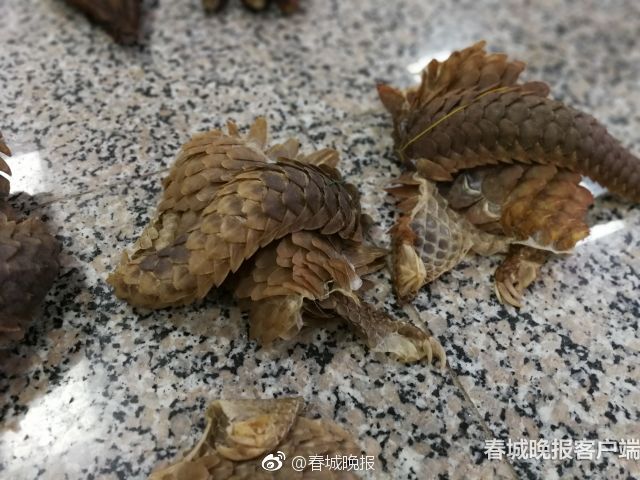 How to integrate trade data with RPA
How to integrate trade data with RPA
444.43MB
Check Advanced import export metric tracking
Advanced import export metric tracking
995.23MB
Check Global HS code repository access
Global HS code repository access
527.62MB
Check How to track seasonal trade patterns
How to track seasonal trade patterns
819.45MB
Check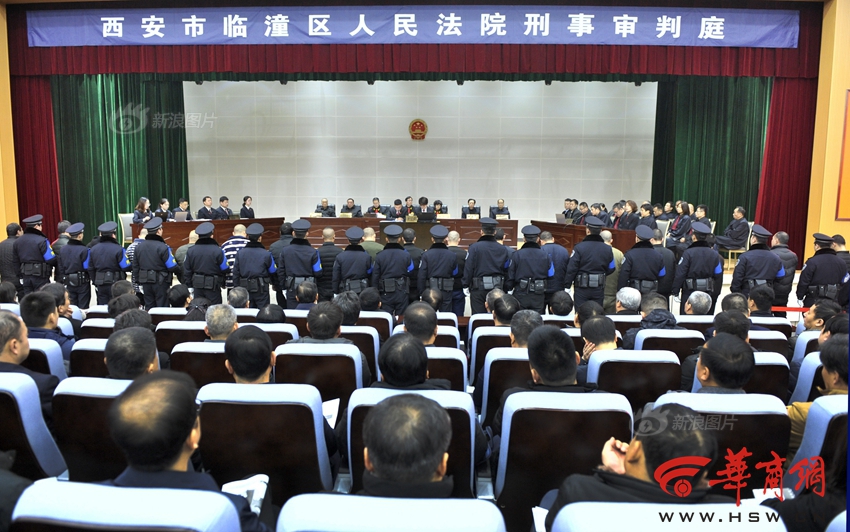 Composite materials HS code research
Composite materials HS code research
812.52MB
Check In-depth customs data analysis tools
In-depth customs data analysis tools
298.89MB
Check HS code-based landed cost calculations
HS code-based landed cost calculations
817.28MB
Check EU HS code-based duty suspensions
EU HS code-based duty suspensions
483.17MB
Check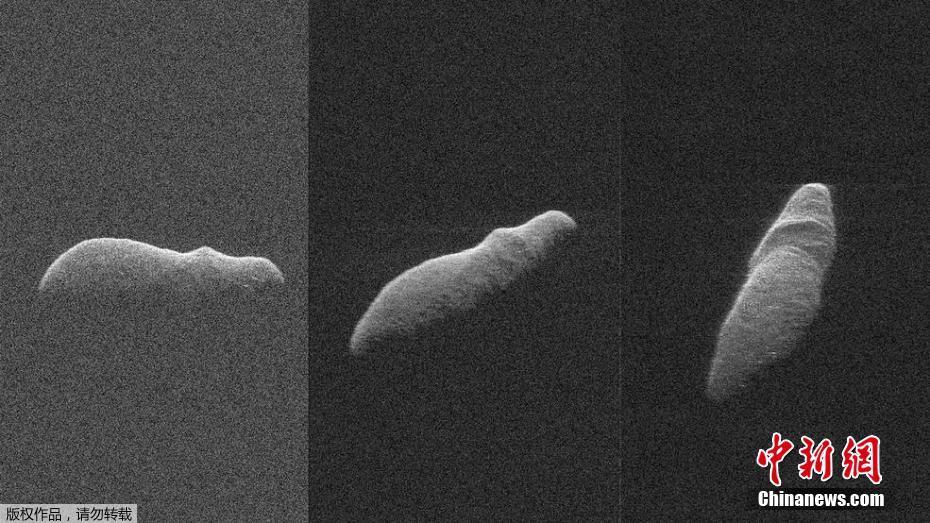 HS code compliance for customs
HS code compliance for customs
187.69MB
Check Non-tariff barriers by HS code
Non-tariff barriers by HS code
947.65MB
Check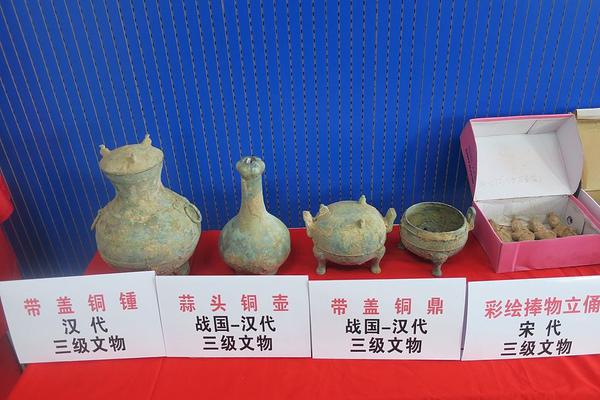 Trade data for chemical imports
Trade data for chemical imports
817.21MB
Check Integrated circuits HS code verification
Integrated circuits HS code verification
792.28MB
Check How to manage trade credit risks
How to manage trade credit risks
871.52MB
Check Wine and spirits HS code verification
Wine and spirits HS code verification
829.72MB
Check Industry-level trade feasibility studies
Industry-level trade feasibility studies
815.72MB
Check Canada shipment tracking services
Canada shipment tracking services
859.16MB
Check Apparel import export statistics
Apparel import export statistics
312.91MB
Check Global trade data-driven forecasting
Global trade data-driven forecasting
741.44MB
Check Global trade resource libraries
Global trade resource libraries
458.73MB
Check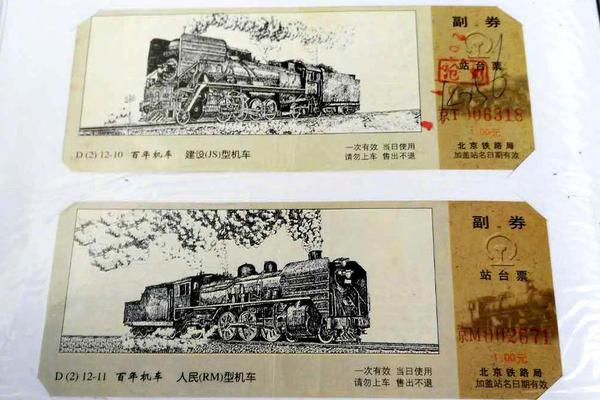 How to access global trade archives
How to access global trade archives
972.58MB
Check Niche pharmaceuticals HS code verification
Niche pharmaceuticals HS code verification
521.44MB
Check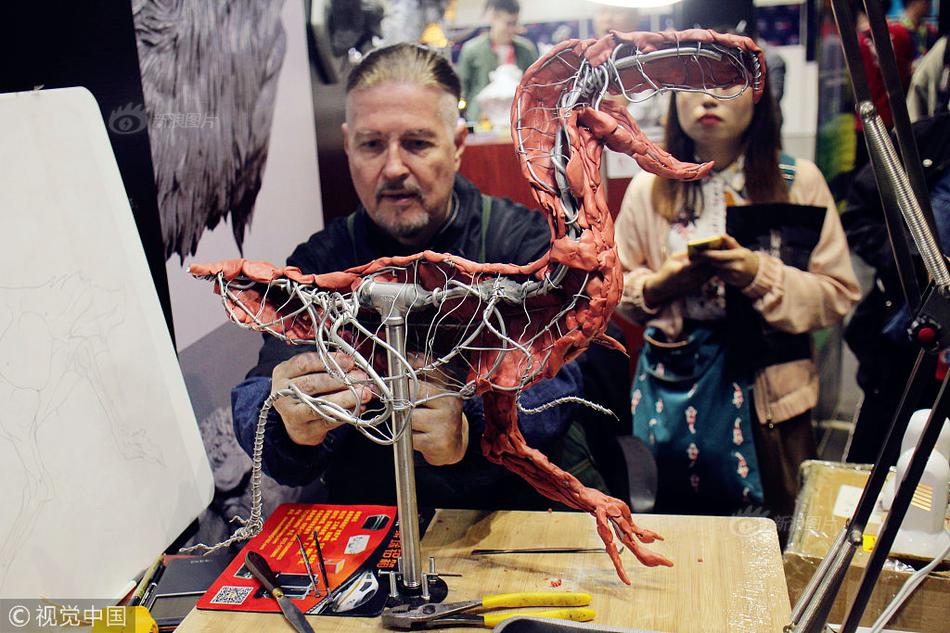 How to monitor competitor supply chains
How to monitor competitor supply chains
369.54MB
Check HS code-based supplier development
HS code-based supplier development
841.14MB
Check How to access restricted trade data
How to access restricted trade data
181.69MB
Check Global trade intelligence newsletter
Global trade intelligence newsletter
391.85MB
Check Crude oil (HS code ) export trends
Crude oil (HS code ) export trends
464.34MB
Check HS code integration with audit trails
HS code integration with audit trails
921.27MB
Check How to simplify export documentation
How to simplify export documentation
423.44MB
Check How to analyze global export trends
How to analyze global export trends
792.52MB
Check Real-time import quota alerts
Real-time import quota alerts
818.37MB
Check HS code-based forecasting for raw materials
HS code-based forecasting for raw materials
438.95MB
Check Global trade supply chain modeling
Global trade supply chain modeling
578.54MB
Check Sustainable sourcing via HS code tracking
Sustainable sourcing via HS code tracking
144.45MB
Check International market entry by HS code
International market entry by HS code
993.47MB
Check HS code compliance for South American markets
HS code compliance for South American markets
112.61MB
Check Detailed trade data mapping tools
Detailed trade data mapping tools
297.33MB
Check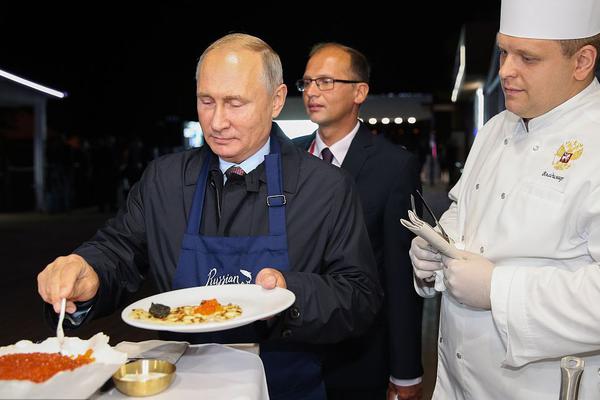
Scan to install
Trade Data intelligence to discover more
Netizen comments More
1831 How to find compliant suppliers
2024-12-24 02:20 recommend
490 How to reduce supply chain overheads
2024-12-24 02:00 recommend
1496 Trade intelligence for industrial equipment
2024-12-24 00:38 recommend
2927 Trade data for pharmaceutical imports
2024-12-24 00:20 recommend
2441 Supply chain optimization with trade data
2024-12-24 00:07 recommend